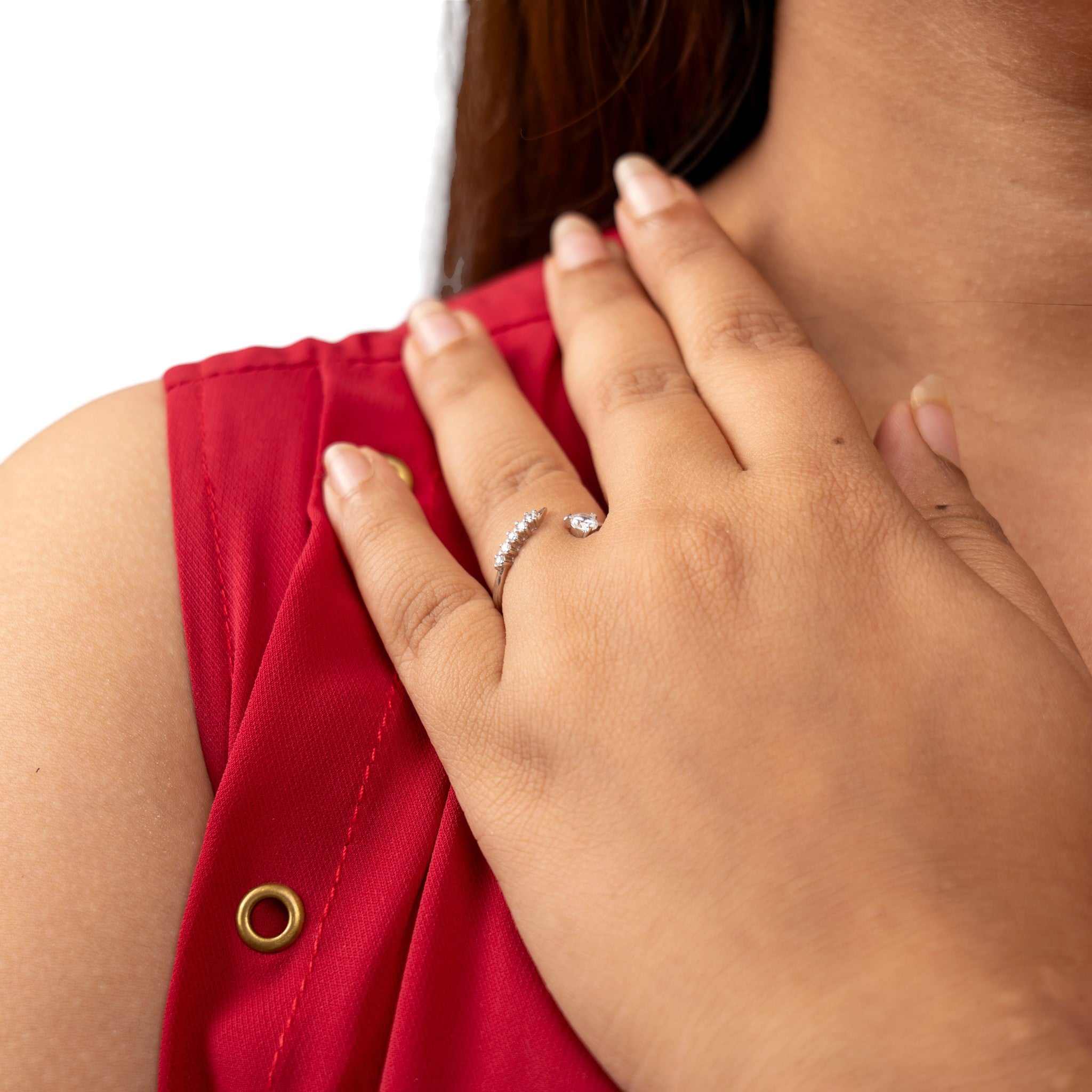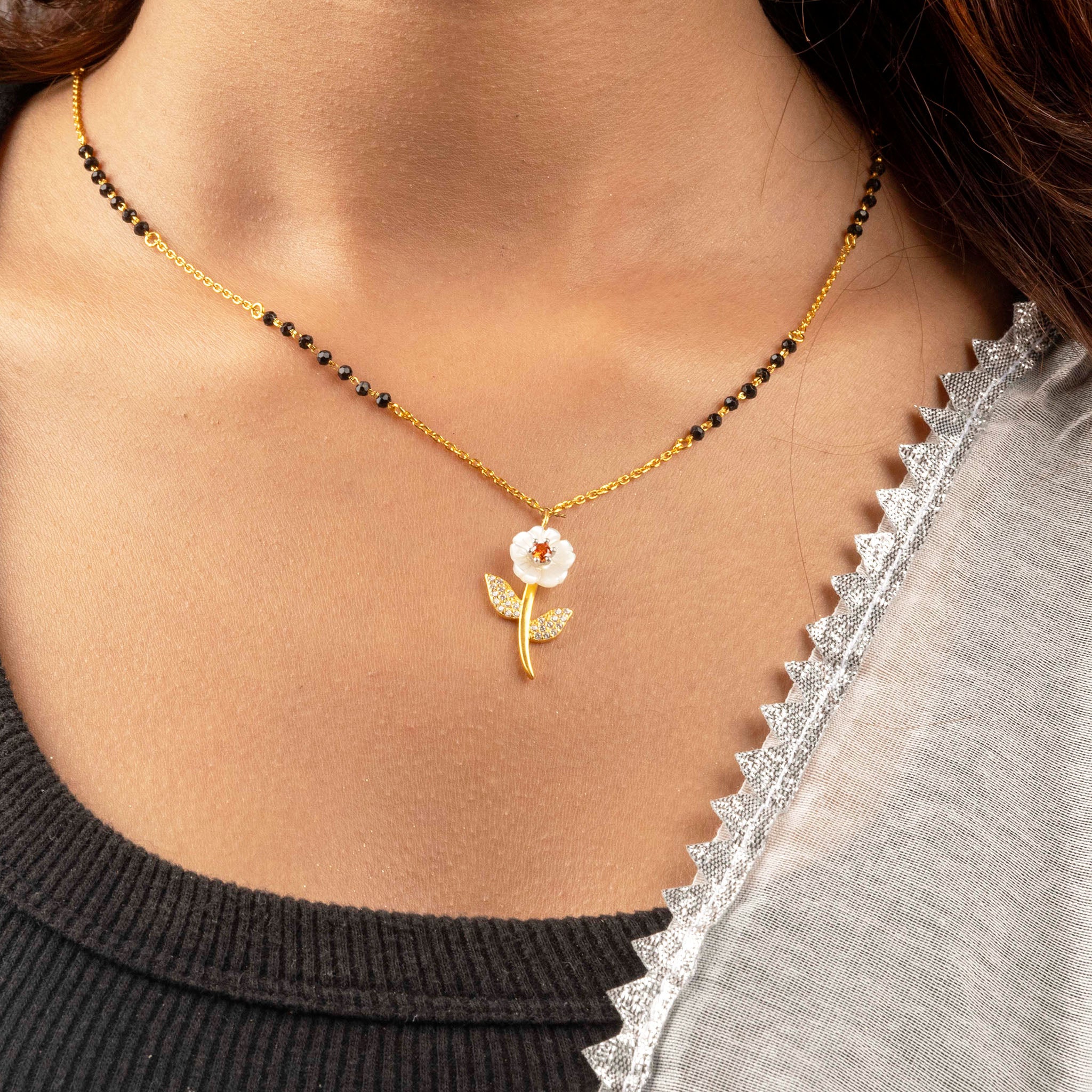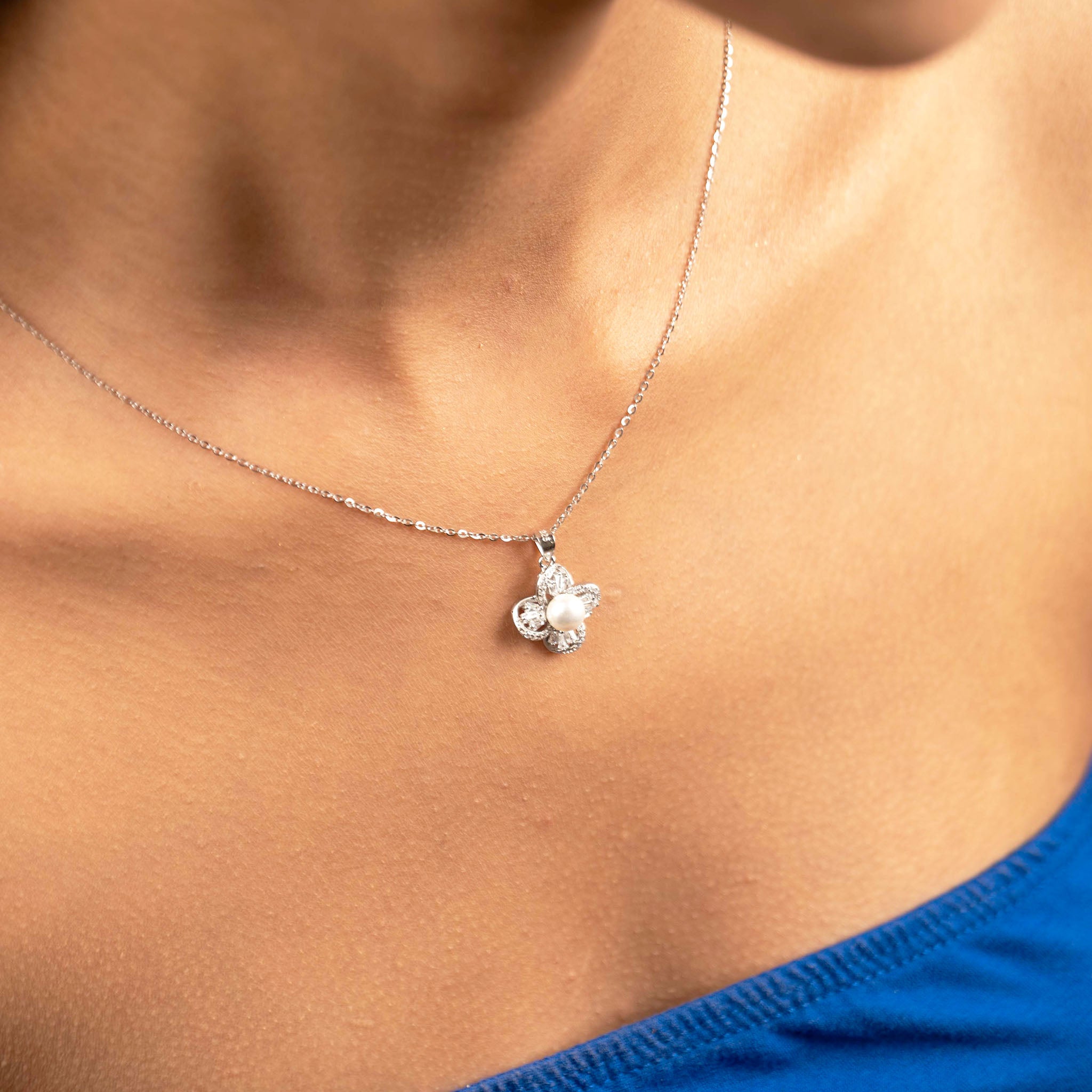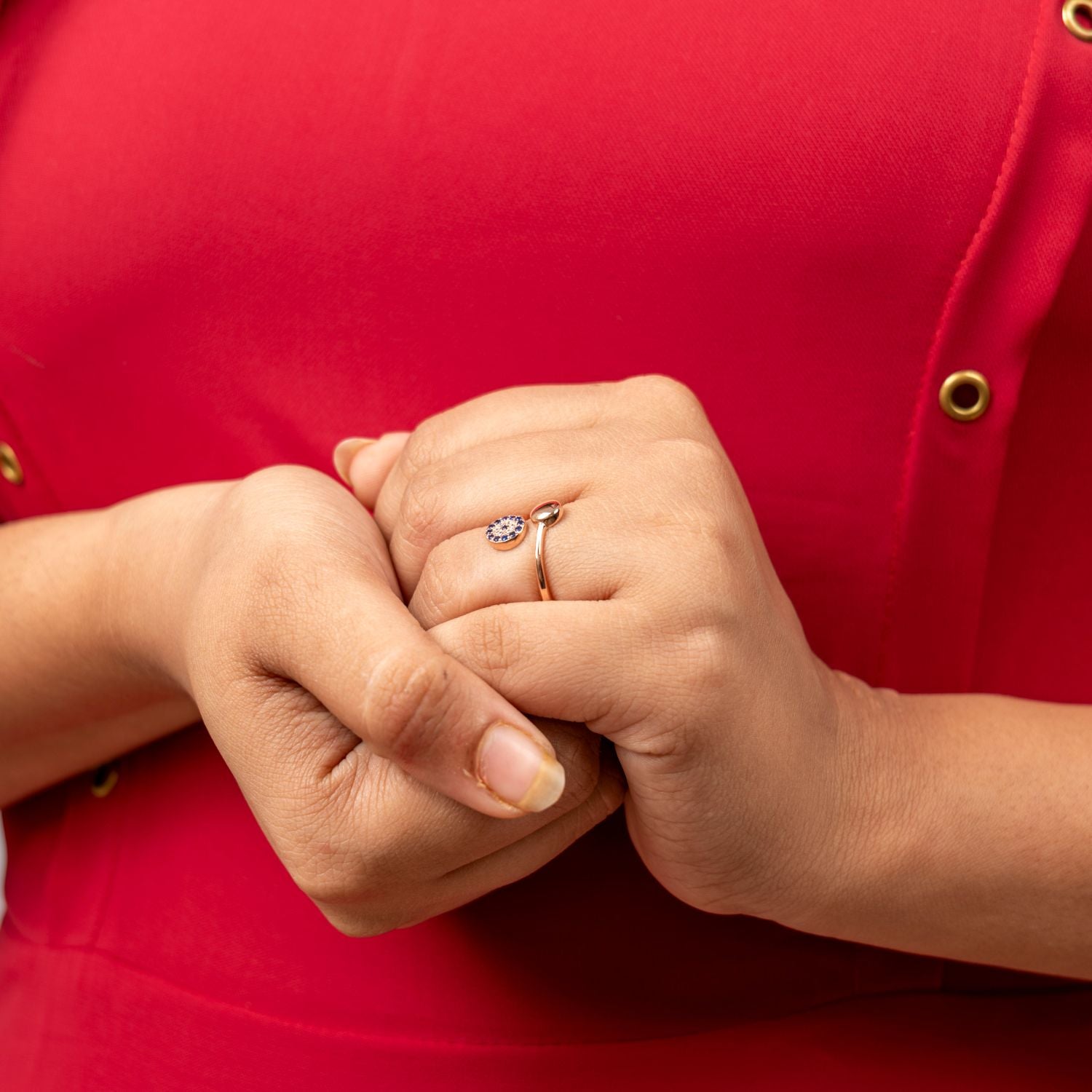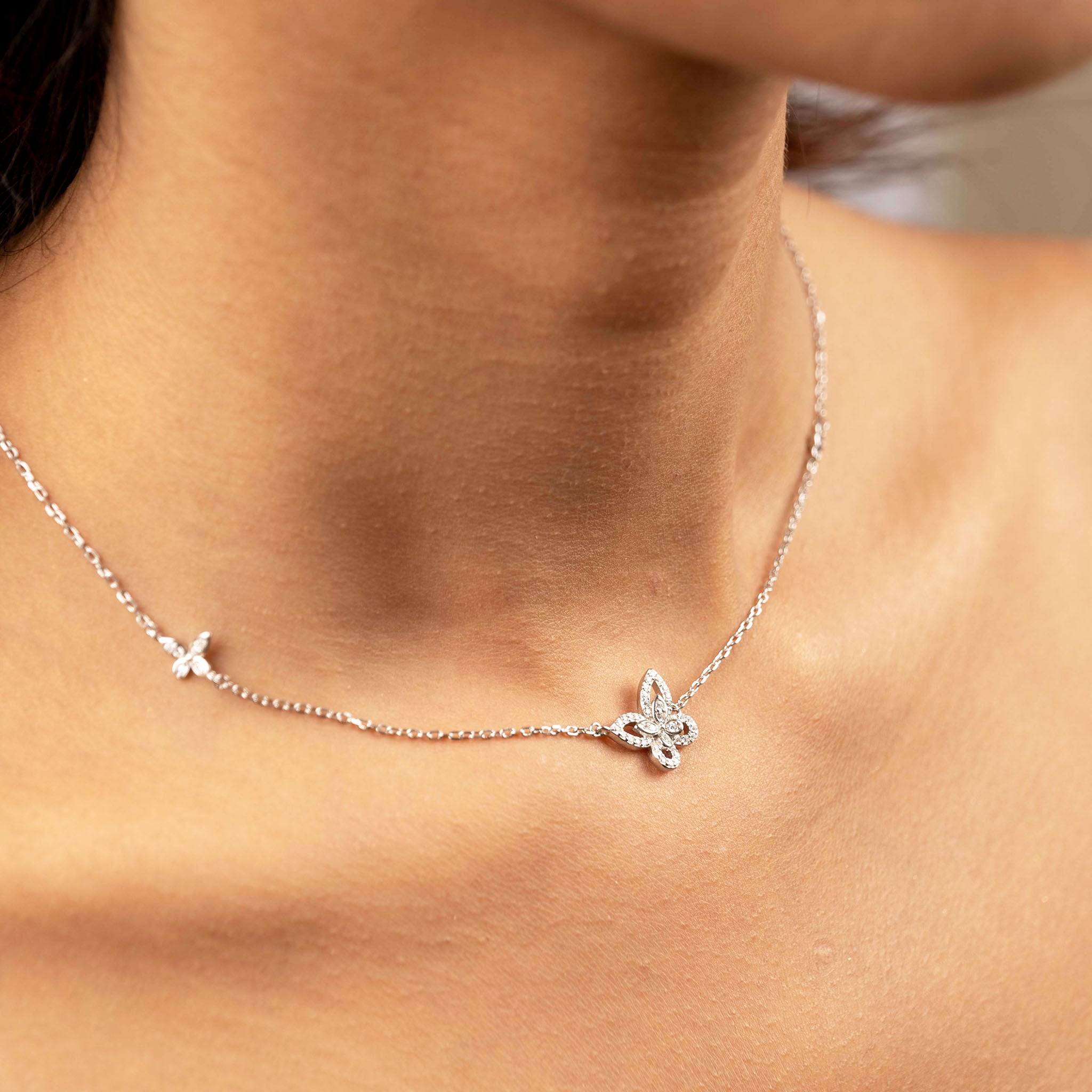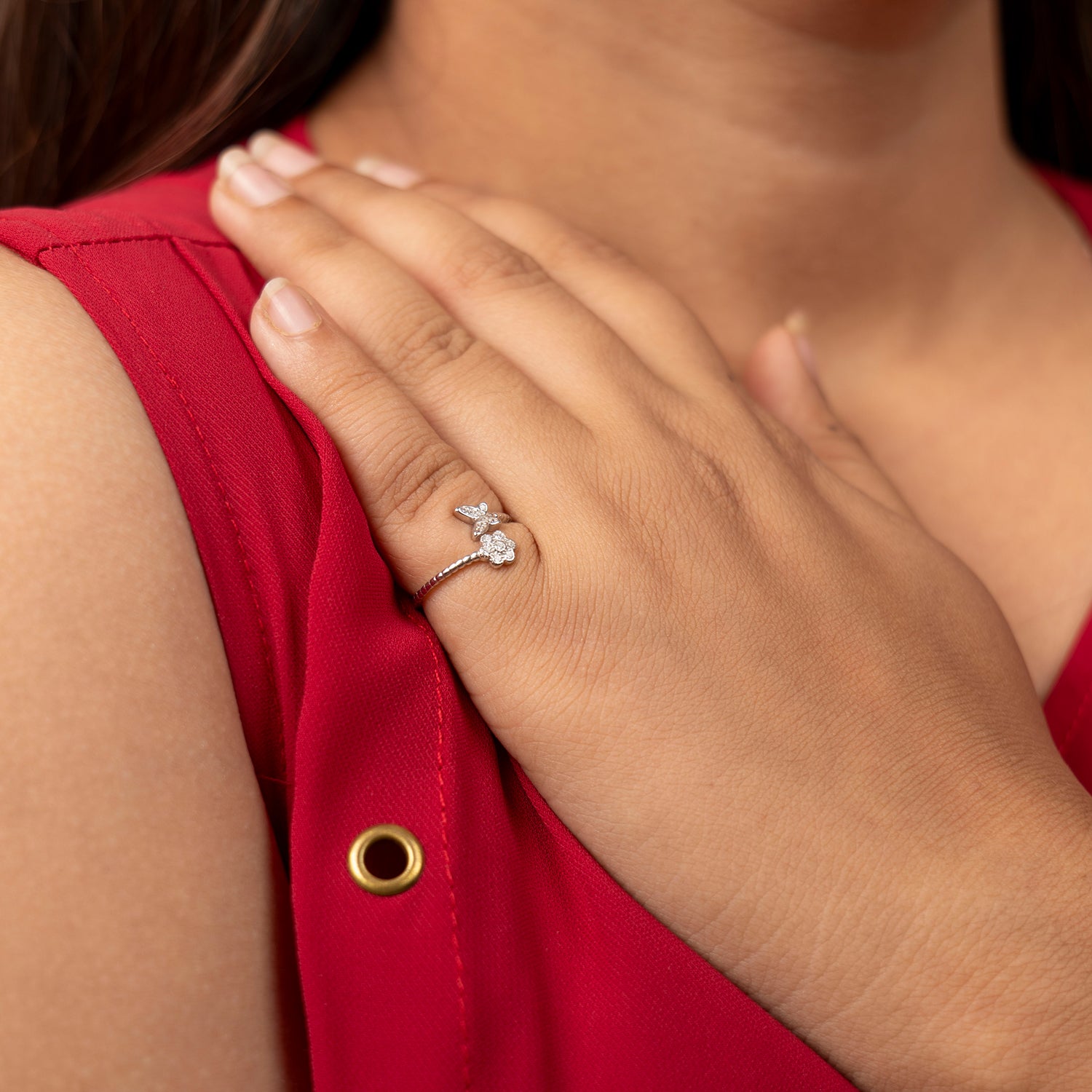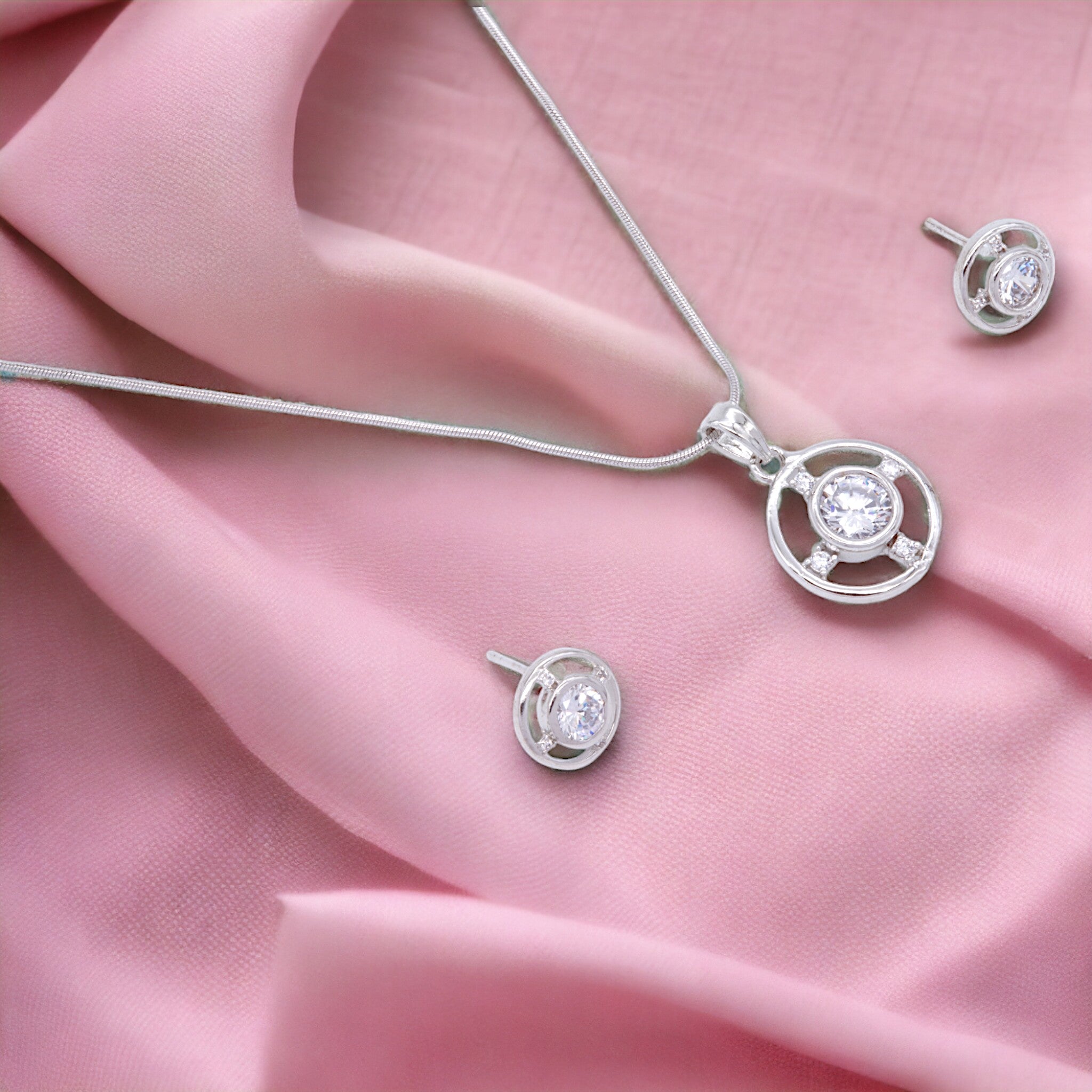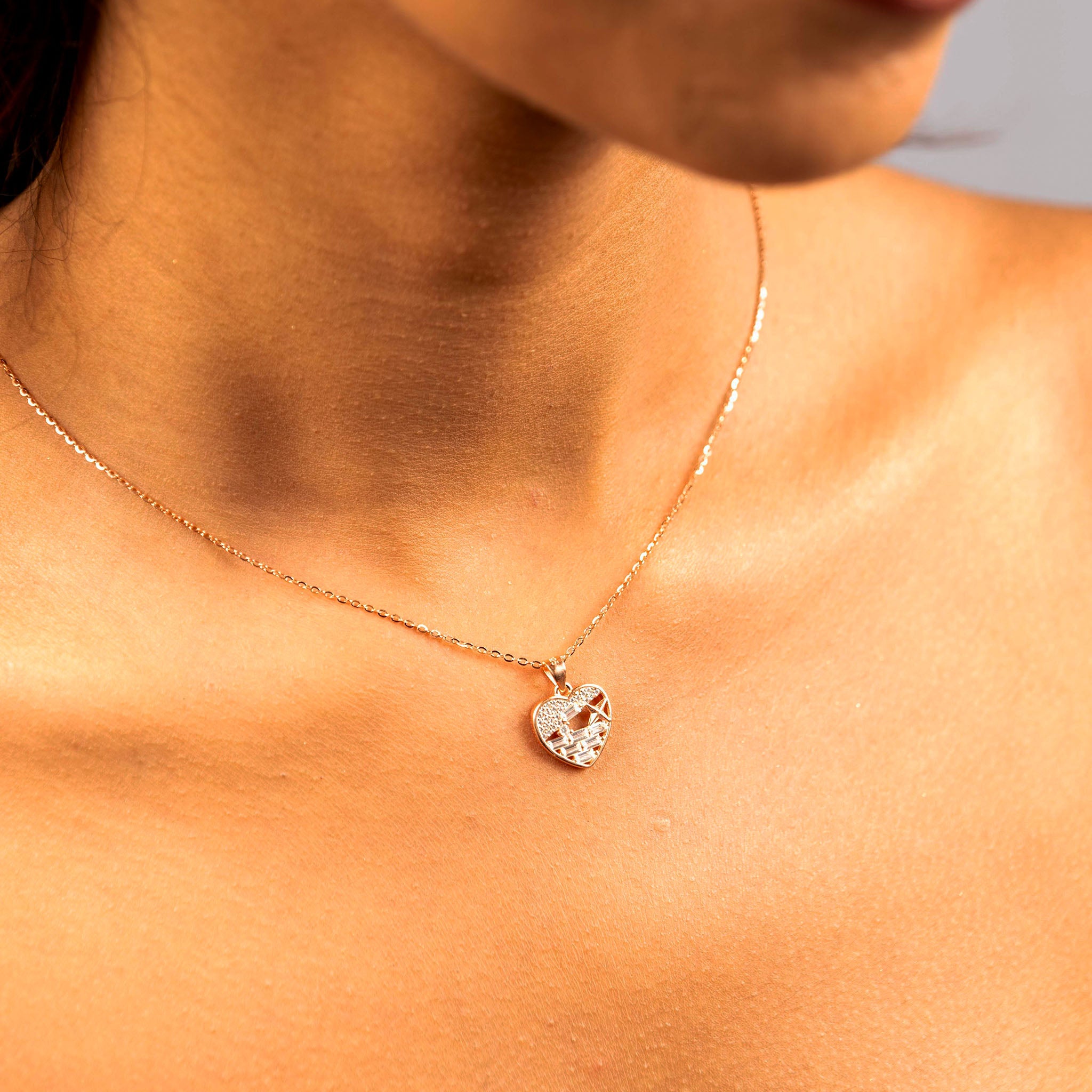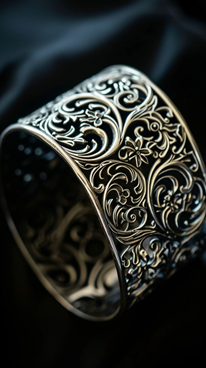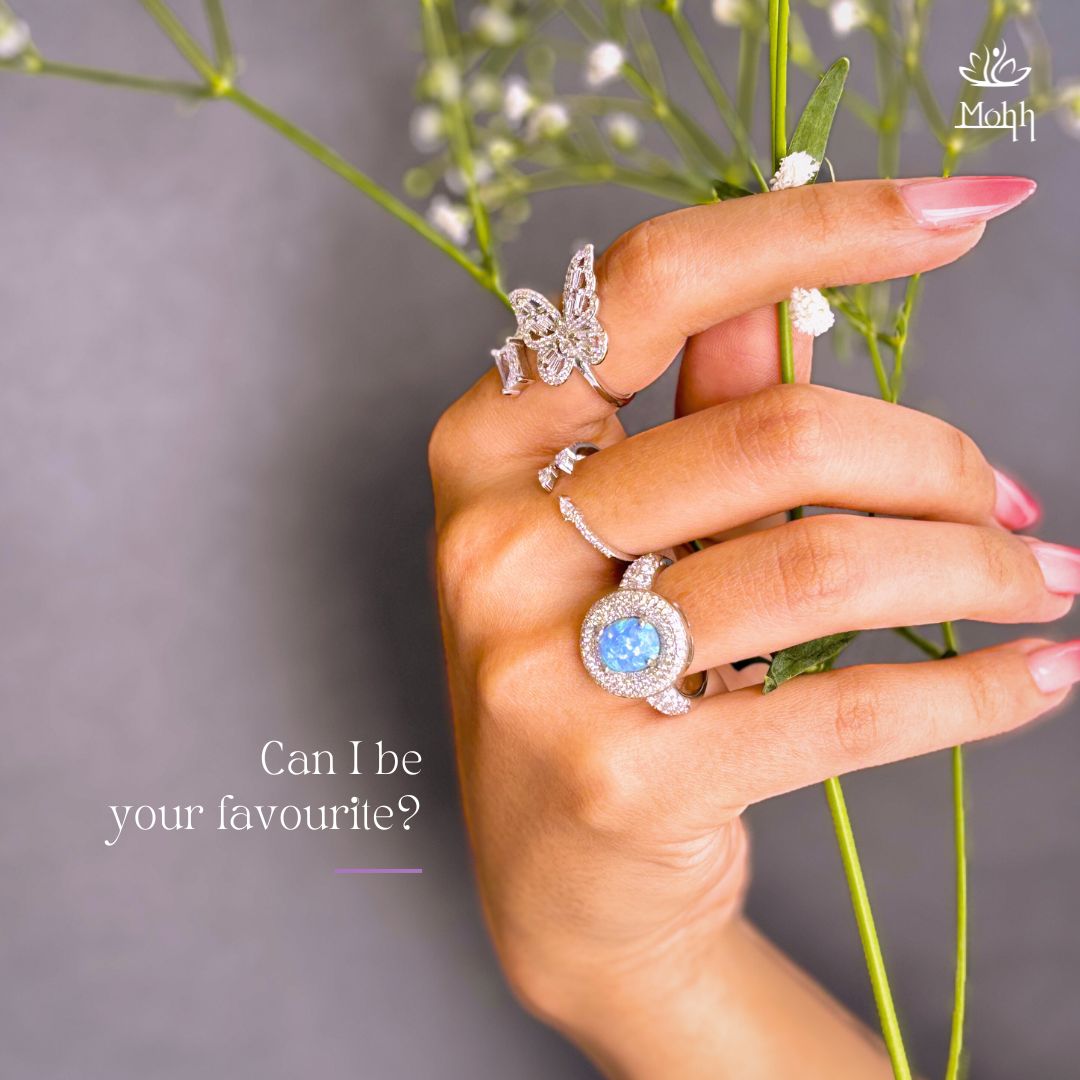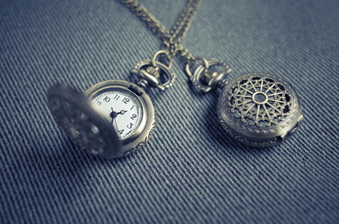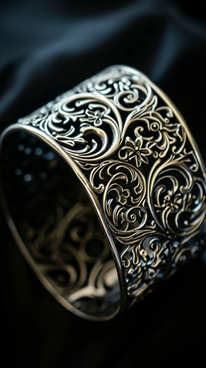
Sterling silver has been an integral part of Indian jewelry for centuries. Its allure lies not only in its shimmering beauty but also in its rich history and cultural significance. From traditional ceremonies to modern fashion, sterling silver continues to play a vital role in Indian adornment.
The Rich History of Sterling Silver in Indian Culture
Ancient Roots

The use of silver in India dates back to ancient times. Historical evidence suggests that silver was used in the Indus Valley Civilization (circa 3000 BCE) for crafting jewelry and other decorative items. Silver was prized for its beauty and rarity, often associated with wealth and status.
Mughal Influence

The Mughal era (1526-1857) marked a significant period for silver jewelry in India. The Mughal emperors were great patrons of the arts, and their influence brought intricate designs and craftsmanship to Indian jewelry. Sterling silver became a favored medium for creating elaborate pieces adorned with gemstones, filigree work, and engravings. The blend of Persian and Indian aesthetics during this period gave rise to timeless designs that are still popular today.
Regional Styles

India's diverse culture is reflected in its regional jewelry styles. Each region developed its unique silver jewelry designs, influenced by local traditions and materials. For instance:
- Rajasthan: Known for its bold and intricate designs, often incorporating gemstones and enamel work.
- Gujarat: Famous for its heavy, ornate silver jewelry, particularly bangles and anklets.
- Maharashtra: Celebrated for its delicate and intricate patterns, often seen in traditional necklaces and earrings.
Significance in Traditional Ceremonies
Weddings
In Indian weddings, jewelry holds profound significance, symbolizing wealth, status, and blessings for the bride. Sterling silver is often used to create essential bridal pieces like bangles, necklaces, and anklets. Silver toe rings and waistbands are also traditional ornaments worn by brides.
Festivals
During festivals such as Diwali, Raksha Bandhan, and Karva Chauth, silver jewelry is commonly worn and gifted. Silver is considered auspicious and is believed to bring good luck and prosperity. Gifting silver jewelry during these occasions is a way to express love and goodwill.
Religious Ceremonies
Silver plays a significant role in religious ceremonies and rituals. Silver idols, utensils, and ornaments are used in various Hindu rituals, symbolizing purity and sanctity. Silver jewelry is often offered to deities in temples as a mark of devotion and reverence.
Sterling Silver in Modern Fashion

Contemporary Designs
While traditional silver jewelry remains popular, contemporary designs have also gained traction. Modern artisans experiment with minimalistic and sleek designs, making sterling silver a versatile choice for everyday wear. These contemporary pieces blend traditional craftsmanship with modern aesthetics, appealing to younger generations.
Celebrity Endorsements
Celebrities and fashion influencers have played a crucial role in popularizing sterling silver jewelry in modern fashion. Bollywood stars and social media influencers are often seen donning silver jewelry, setting trends and inspiring their followers.
Versatility and Affordability
Sterling silver's affordability compared to gold and platinum makes it an attractive option for fashion-conscious individuals. Its versatility allows it to be paired with various outfits, from traditional sarees to Western dresses. Sterling silver jewelry can be easily dressed up or down, making it suitable for both casual and formal occasions.
Sustainable Fashion
With the growing emphasis on sustainability, sterling silver has gained popularity as an eco-friendly choice. Silver is recyclable, and many brands now focus on ethical sourcing and sustainable practices. By choosing sterling silver, consumers can make a stylish statement while supporting environmentally responsible practices.
Conclusion
The history and significance of sterling silver in Indian jewelry are profound, rooted in ancient traditions and evolving with modern trends. From its use in traditional ceremonies to its versatility in contemporary fashion, sterling silver continues to captivate and adorn people across India. Its enduring appeal lies in its blend of cultural heritage, affordability, and timeless beauty. Whether worn for a special occasion or as everyday adornment, sterling silver jewelry remains a cherished and essential part of Indian culture.

